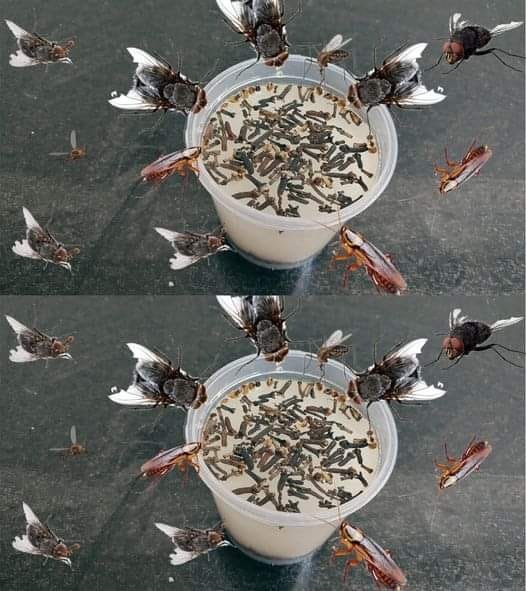- Foxglove (Digitalis): Beautiful but contains toxic compounds that affect the heart.
- Oleander: All parts are highly poisonous to humans and pets.
- Castor Bean Plant: Its seeds contain ricin, a potent toxin.
- Giant Hogweed: Its sap causes severe burns and blisters when exposed to sunlight.
- Invasive Species: Plants like kudzu, Japanese knotweed, and purple loosestrife can take over gardens and natural habitats.
Action: Research plants common to your area and note those identified as toxic or invasive. Local gardening guides and extension offices are excellent resources.
Step 2: Inspect Your Garden Regularly
- Look for Unfamiliar Plants: Periodically survey your garden, focusing on new or unusual plants.
- Check Plant Behavior: Rapid spreading or unusual effects on surrounding plants can indicate harmful or invasive species.
- Be Wary of Plants with Warning Features: Plants with milky sap, shiny leaves, or berries often indicate toxicity.
Step 3: Safely Handle Harmful Plants
Protect Yourself:
- Wear gloves, long sleeves, and protective eyewear when handling unknown or harmful plants.
- Avoid direct contact with skin and wash hands thoroughly after gardening.
Removal Steps:
- For small plants, use gloves and pull them out by the roots to prevent regrowth.
- For larger plants, cut them back and dig out the roots.
- Dispose of harmful plants carefully. Do not compost them, as toxins can spread. Instead, bag and discard them with regular trash.
Step 4: Create a Safe Gardening Environment
For Humans:
- Educate family members about harmful plants in the garden.
- Use clear markers or fencing to prevent accidental contact.
For Pets:
- Identify plants toxic to pets, such as lilies (toxic to cats), sago palms, or azaleas, and remove them from accessible areas.
- Provide pet-safe outdoor zones with nontoxic plants.
Step 5: Manage and Prevent Invasive Plants
- Containment: For plants prone to spreading, use barriers or pots to limit their growth.
- Prune Regularly: Cut back invasive plants to prevent them from seeding or spreading underground.
- Replace with Natives: Opt for native plants that support local ecosystems and pose no harm to the environment.
Step 6: Monitor and Maintain
- Check for regrowth of removed harmful plants. Some species, like bindweed, require repeated removal efforts.
- Inspect plants regularly for signs of disease or unusual growth that could indicate an invasive species.
Signs a Plant May Be Harmful
- Bright Berries or Fruits: Often attractive but toxic.
- Shiny or Oily Leaves: A common feature of poison ivy and similar plants.
- Rapid Growth: Indicates invasive potential.
- Skin Reaction After Contact: Could signal a harmful plant requiring removal.
Conclusion
Creating a safe and thriving garden requires vigilance and proactive care. By identifying and managing harmful plants, you can protect yourself, your family, your pets, and the environment. With regular inspections, safe handling practices, and thoughtful plant choices, your garden will remain a beautiful and safe retreat for years to come.






